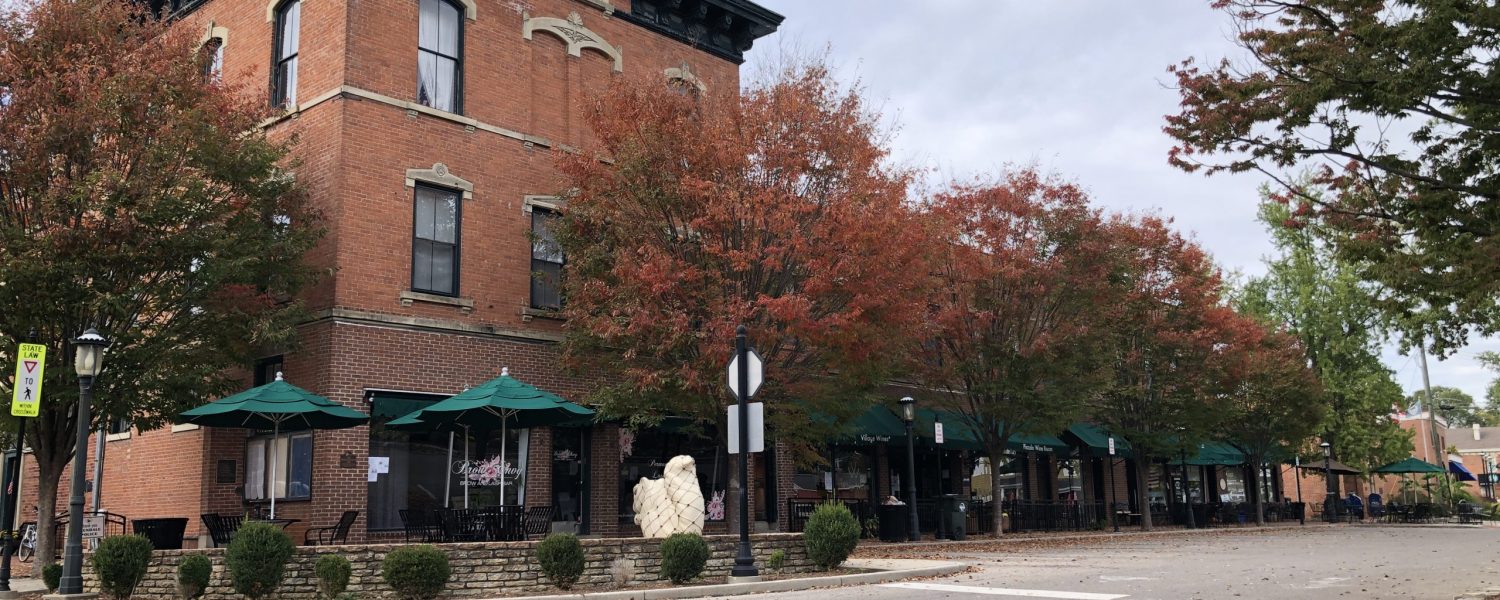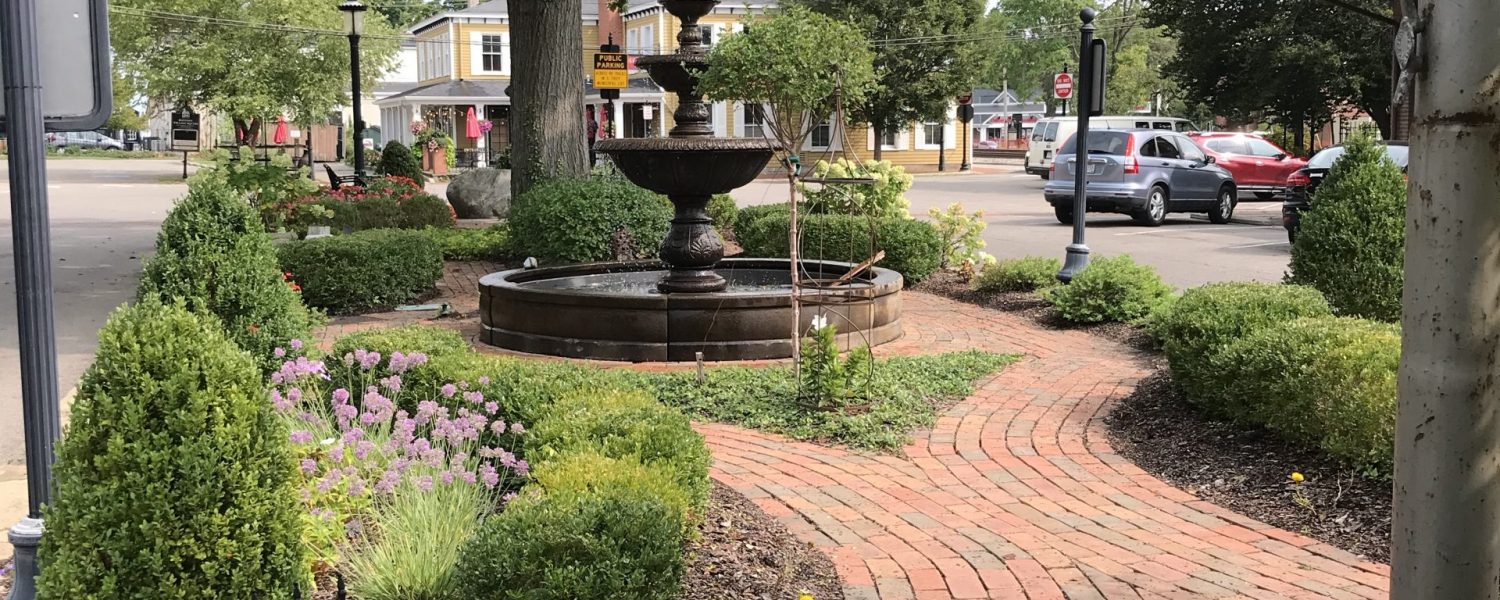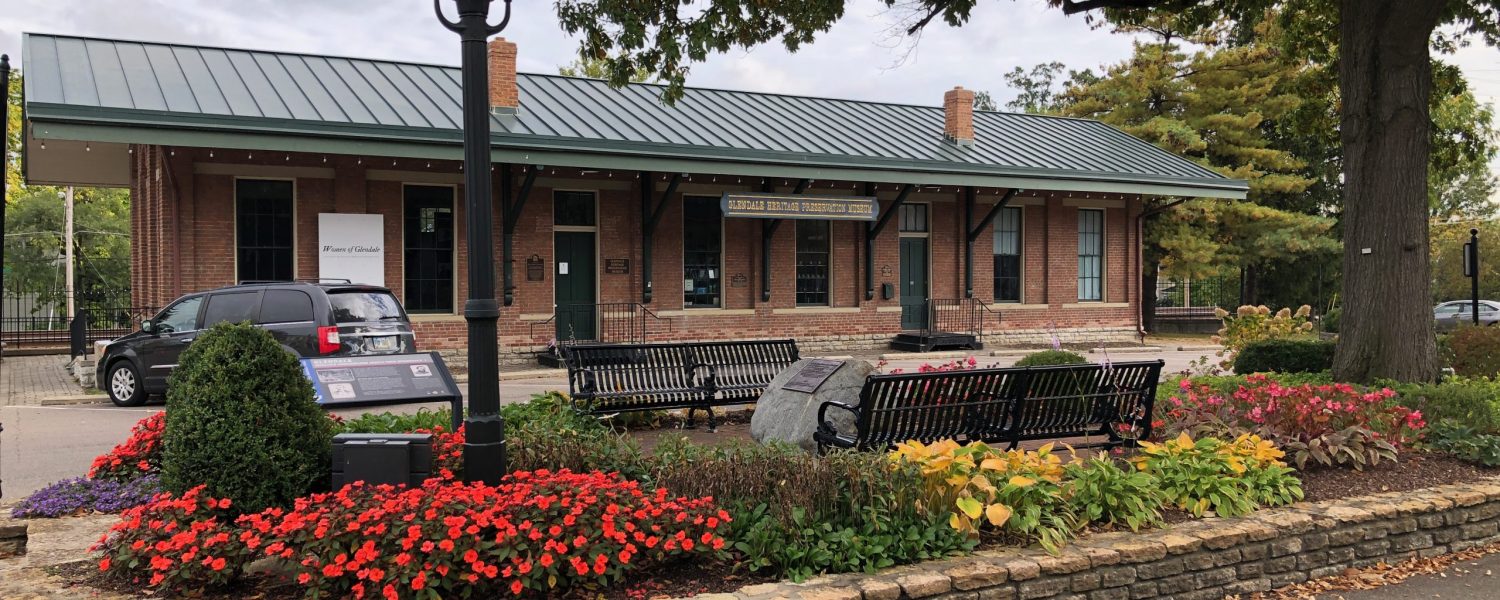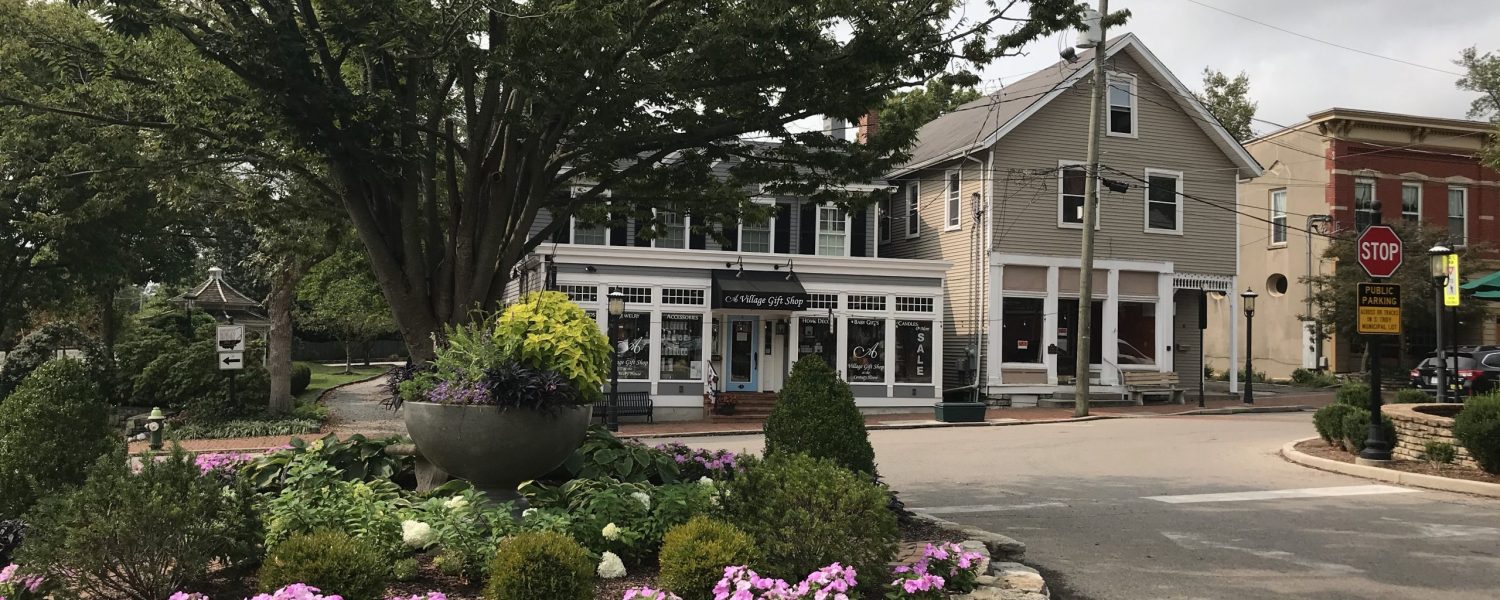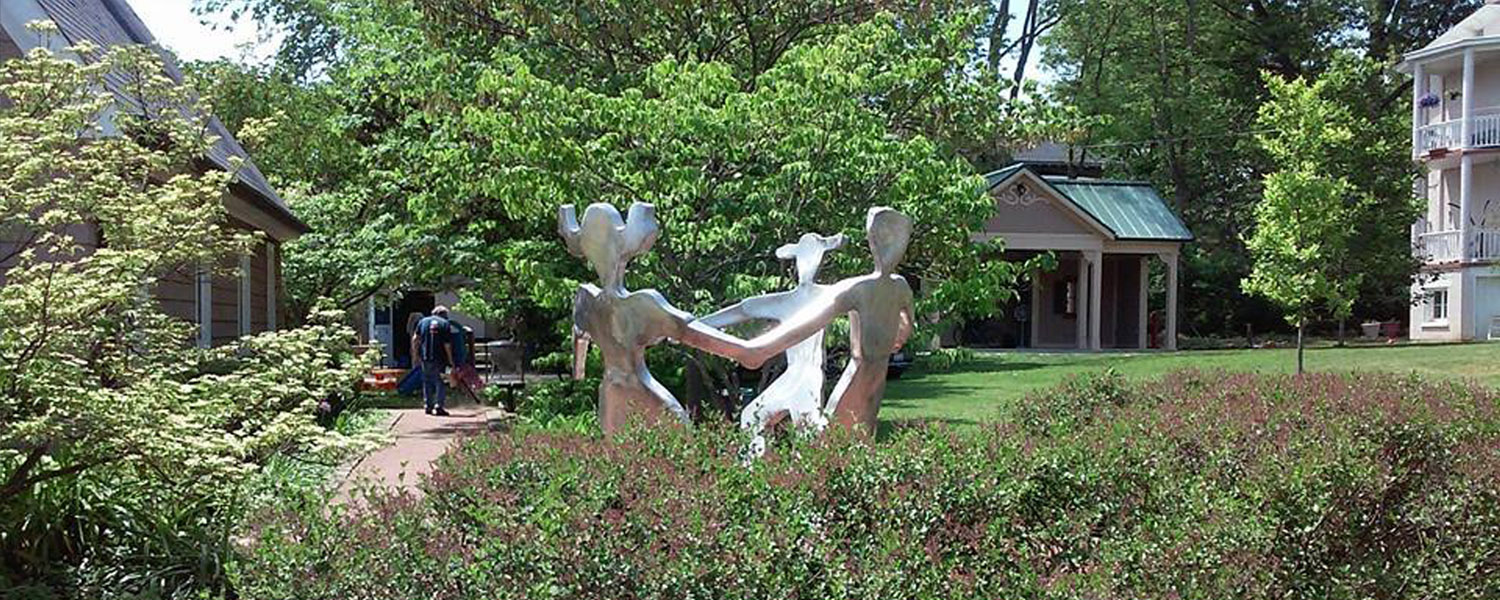September 6, 1972 - Judge Bettman's Decision
Cincinnati Bell appealed to the Common Pleas Court of Hamilton County. The Village of Glendale was named as the only adverse party and the objecting landowners were neither named or served in the appeal.
On September 6, 1973 Judge Gilbert Bettman found that the decision of the Village Zoning Board was;
“…unconstitutional, illegal, unreasonable and unsupportable by the preponderance of substantial, reliable and prohibitive evidence on the whole record.”
He further stated in his decision;
“…we are constrained to say that on the evidence the Board has found a mouse outweighs and elephant. The construction of the addition requested by Cincinnati Bell pursuant to a permit containing, as provided in the Glendale ordinance, ‘conditions covering design, construction and operation’ would on the evidence before us, have an almost miniscule effect on the immediate neighbors and on Glendalians generally.”
The comparison of Glendale as a “mouse against the elephant” particularly enraged the people of Glendale. The Glendale Council felt that the Common Please Court lacked jurisdiction in this case since the proceedings before the Board of Zoning Appeals were not judicial in mature but permitted under Ohio Law. Council Further felt that the Telephone Company advanced no proof that the public convenience or welfare of the telephone users in the area required the doubling of the utility facility in Glendale.
The Appeal of the Village of Glendale was denied by the court of appeals and the only hope for preventing this expansion lay in a hearing before the Ohio Supreme Court.
Glendalians at large appreciate the concern of the immediate property owners not only for this monstrous nuisance in our vicinity but for the right to determine its own zoning needs and proper growth. The residents of Glendale have relied for many years upon strong enforcement of their zoning rules. This usurpation of the local power could play havoc now as well as in the future. Glendale had been for many years, a fully developed community. The placement of a large warehouse-like structure in its residential midst was an unexpected shock. The situation might have been justified were Glendale immediately surrounded by other fully-grown communities having no available land for a public utility; but the opposite was true. Glendale sat just south of a rapidly expanding industrial belt with open, undeveloped land, removed from residential neighborhoods and free of zoning restrictions.
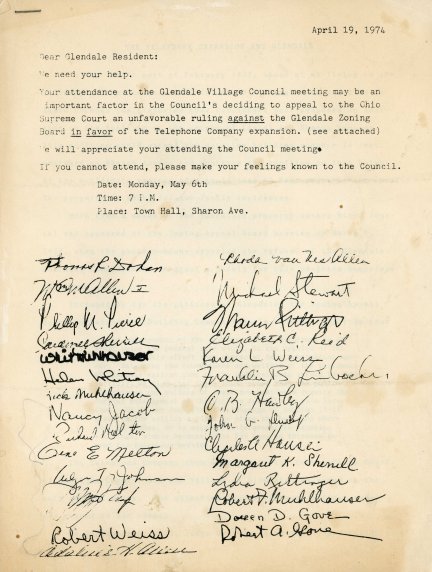
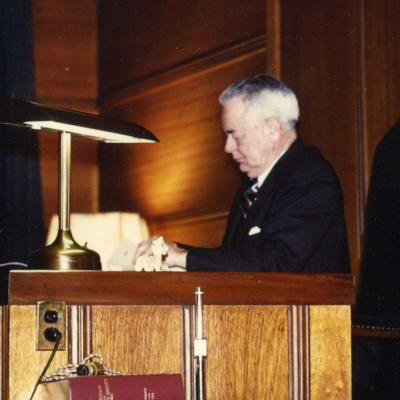
Mayor James R. Carruthers

